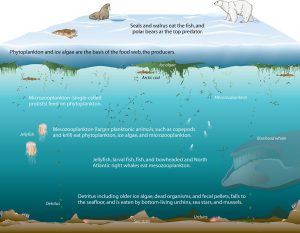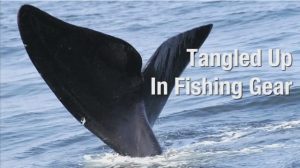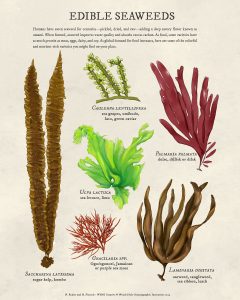A six-year study led by KAUST and WHOI tracked 84 whale sharks near the Shib Habil reef in the Red Sea using visual, acoustic, and satellite methods. The research revealed strong seasonal patterns, with most sharks appearing in April and May, and found an unusual balance of males and females—unlike other global hotspots. The presence of many juveniles suggests the area is globally important for whale shark conservation. As threats to the endangered species continue, this data can help guide local protection efforts. The study was published in PLOS ONE and supported by KAUST and the U.S. NSF.
Read the study: https://journals.plos.org/plosone/article?id=10.1371/journal.pone.0222285
By Ari Daniel :: Originally published online July 30, 2014
Image and Visual Licensing
WHOI copyright digital assets (stills and video) on this website can be licensed for non-commercial use upon request and approval. Please submit your request via our Media Request Form.
For assistance or accessibility accommodations, call (508) 289-2647.







